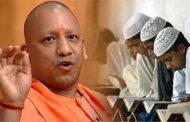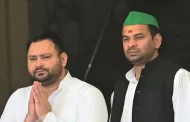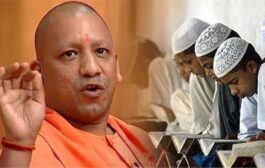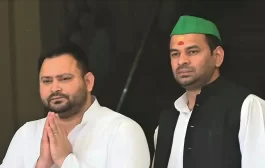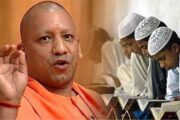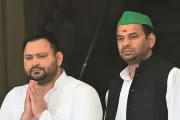Ahead of the election in Turkey, President Erdogan showed a video linking his main challenger Kilicdaroglu to the PKK militant organization

Only days before Turkey’s key parliamentary and presidential election, which has been described as the most important vote in the world this year, one video is stirring significant controversy.
The video was presented by President Recep Tayyip Erdogan at a political rally on Sunday.
During the gathering, Erdogan is heard addresssing the crowd, asking “Would my national and local citizens vote for these?” He then points to a large screen behind him.
The screen shows what looks like campaign footage of Erdogan’s main challenger, Kemal Kilicdaroglu, telling viewers “let’s go to the ballot box together.”
After a few seconds, Kilicdaroglu disappears off screen and a second person, dressed in a military uniform, appears. The footage still seems to be part of Kilicdaroglu’s campaign video.
This second figure is Murat Karayilan, one of the founders of the Kurdistan Workers’ Party or PKK, a militant Kurdish organization which is classified as a terrorist organization in the European Union and the United States.
Claim: With this video, Erdogan purports to link his main rival to the PKK, which the Turkish government also considers to be a terrorist group. But is the video shown by Erdogan real? Did Karayilan appear in Kilicdaroglu’s campaign video to show his support?
DW Fact check: False.
Research by DW’s fact-checking team in cooperation with DW’s Turkish service shows that the video at the campaign rally was manipulated by combining two separate videos with totally different backgrounds and content.
This video presented by Erdogan comes after experts warned of increased manipulation on Turkish social media ahead of the election.
Two videos in one
The first of the two videos is Kilicdaroglu’s original campaign video, which can be viewed in full here, on his verified YouTube channel. It is a typical political ad that asks people to vote, and promises victory at the polls. But it does not contain footage of Karayilan, or the PKK.
The edited footage shown by Erdogan, which is a close-up of the original, likely is lifted from the scene beginning at second 00:37 in Kilicdaroglu’s ad.
This timestamp can be identified by focusing on Kilicdaroglu’s words (“let’s go to the ballot box together”), the movement of his right arm, and the young people standing behind him.
However, in the original campaign video, the scene that follows immediately after does not show Murat Karayilan, but two women leaving a building.
Decontextualizing old footage
Meanwhile, the second video appears to be much older. It can be found by carrying out an advanced online search of similar images of Karaliyan in military dress.
The video shows the PKK leader talking about what he calls the start of the PKK’s armed struggle over three decades ago, according to the website where it was published — Firat News Agency, a Kurdish outlet.
The article accompanying the video was published on August 15, 2021.
In Erdogan’s manipulated video, the footage of Karayilan was likely taken from this video and decontextualized to give the impression that Karayilan was supporting Kilicdaroglu.
In sum, Erdogan presented altered footage which resulted from combining scenes from Kilicdaroglu’s campaign video with an older video message by Karayilan, and editing it into one film.
But it does not appear to be, as several Turkish media argued, a deepfake — a video file created with artificial intelligence.
Political relevance
President Erdogan and his team might have tried to gather votes from conservative and nationalist voters with the help of tampered video footage. Kilicdaroglu reposted the video on Twitter, pointing out that it was manipulated. In a television interview, Erdogan was asked about the footage. He replied that it did not matter whether it was manipulated or not, and insisted that the claim the video made was nevertheless true.
This article was updated on May 24 to reflect the reactions of the two presidential candidates to the doctored video.
Edited by: Maren Sass
Source: NH



